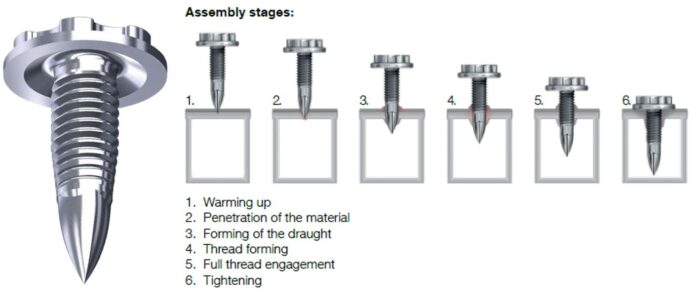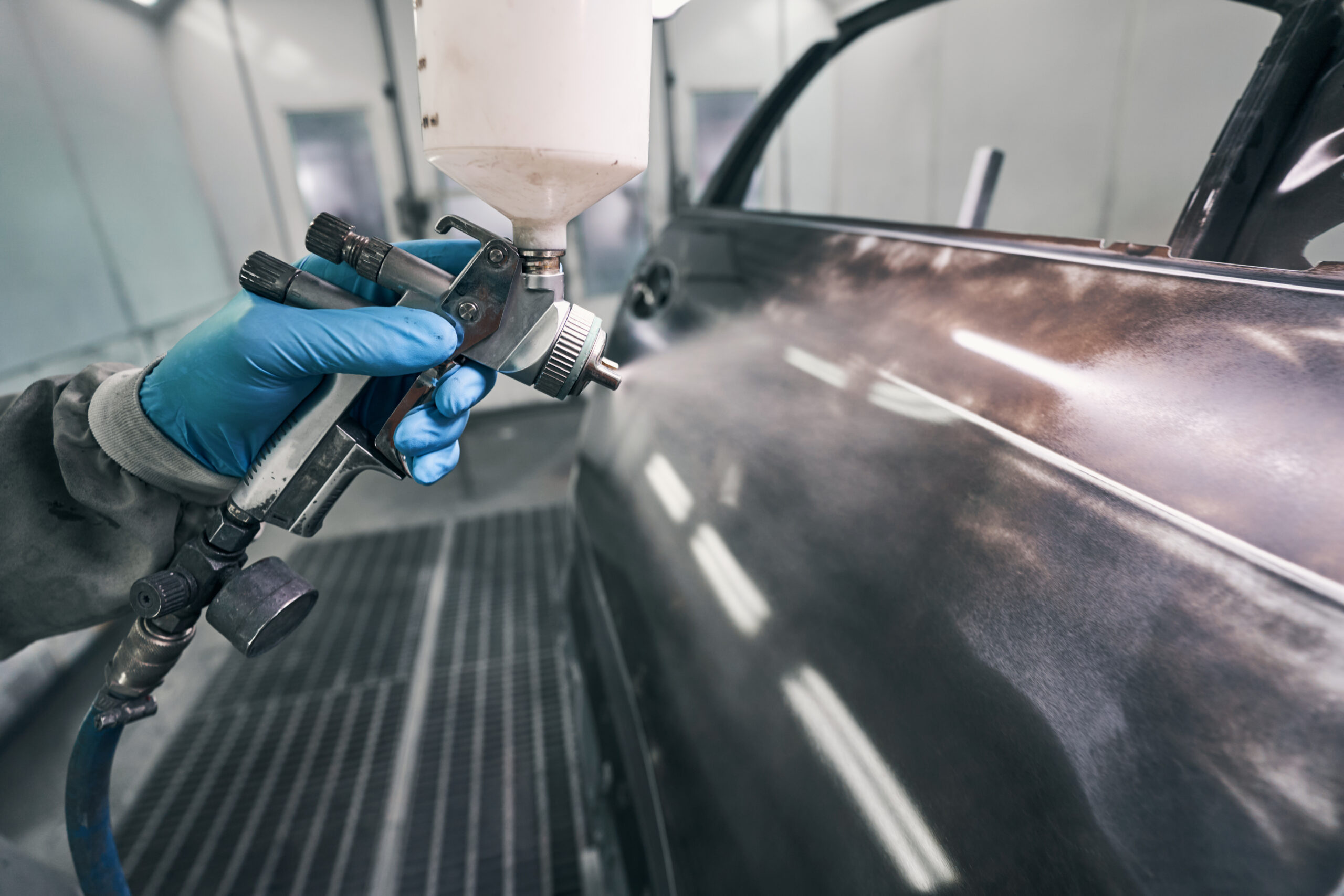The flow drill screw developed EJOT (there are other providers of such technology) represents the result of many years pursuing an idea. In the case of the flow drill screw, the application of refined metallurgy and high-volume manufacturing processes that can make a sophisticated component like this for fractions of a penny.
Lego – the original bluff, unyielding block – can be anything from a deep-sea empire to a space station, in the mind of the creator. It is an enabler of ideas, but take a closer look – probably after you’ve just stepped on a block. Humble polymers with high gloss finish, able to engage or disengage with other blocks for years – not just 10 times. It is also a fine example of industrial design.
A vehicle has literally tens of thousands of components, many of which fall into ‘consumables’. Things that allow us to put larger parts together. The common nature and relatively low cost belie the sophistication of these vital but humble parts.
New vehicle creation with manufacturing as the primary objective
The whole vehicle creation process is aimed at construction as well as initial sale. This is still how most vehicle manufacturer business models work. During the creative process there are many experts called to assist, and one group are the buyers. These people tend to look after a group of similar products, and aim to get the best possible price for each component, deal by deal.
Others take care of how the part is going to be assembled, other look into how long the part will last, and some take care of the effect on repair. Yes, with the best will in the world, while the whole company knows full-well what repair means to competitiveness – especially in fleet – this tends to concentrate on routine maintenance rather than all aspects of the vehicle. Ironically the ‘times’ data that is used by providers such as Audatex and GT Motive in the main come from ‘warranty’ times.
The problem.
As vehicle technology demanded more and more systems to address aspects of crash performance, enabling advanced driver assistance systems and addressing environmental impact, so the industry reacted by adding to rather than integrating functions.
A Lego block or a flow drill screw are examples of items that instead of requiring additional parts to work, built some aspects into the part design. If it takes 100 per cent effort to get a great component design, integration requires a further stretch by 10 or 20 per cent – effort above and beyond the obvious.
Overall, most vehicles are built on a manufacturing line where the assembled, painted body shell is fitted out via around 100 assembly points, each taking no more than 2.5 minutes to complete. This dominates everything a vehicle manufacturer thinks about. Aftermarket then becomes a process of managing expectation… you want to see a major structural aluminium alloy casting in the body structure? Well, prepare for a few hours of removing many, many parts.
A vehicle regardless of price point or powertrain is now demonstrably more sophisticated than even a decade ago, which is storing up problems for the near future. The days of designing specific parts to perform more or less just one task are numbered.
Repairers demand change – but it’s not that easy
There is rightfully a recent call by a collection of organisations right across Europe and the UK including FIA, to improve access to vehicle information, ensure software is at any point supported for 20 years, and many other good ideas. In other words, make the EU27 vehicle end of life directive work better.
This fine collection of aftermarket groups and insurers however, may as well climb Mount Everest to proclaim the message. Right now, new models are being created which will be first sold by 2029 – that’s the lead time. So, decisions to help repairability are not going to be fixed now.
However, there is a real challenge ahead. What should a vehicle manufacturer do to compete with enthusiastic new-comers to the European market with significantly lower cost, and hence bigger profit margins? Not import tariffs, since the reaction affects export markets.
No, it’s about doing not just the ‘job’ but higher levels of component and sub-assembly integration. In addition, to reduce new vehicle build cycle time, it should be much, much easier to assemble – which means it is far easier to take apart. Each component will need an investment in technology, making it do more than just one task.
This will not be ‘free’, and individual parts may increase in cost. If the integration is effective, which is not easy, then the number of ‘special’ parts dedicated to a given model might increase, but the overall repair time will decrease – and the part price impact should be manageable with negotiation based on the number bought each year.




